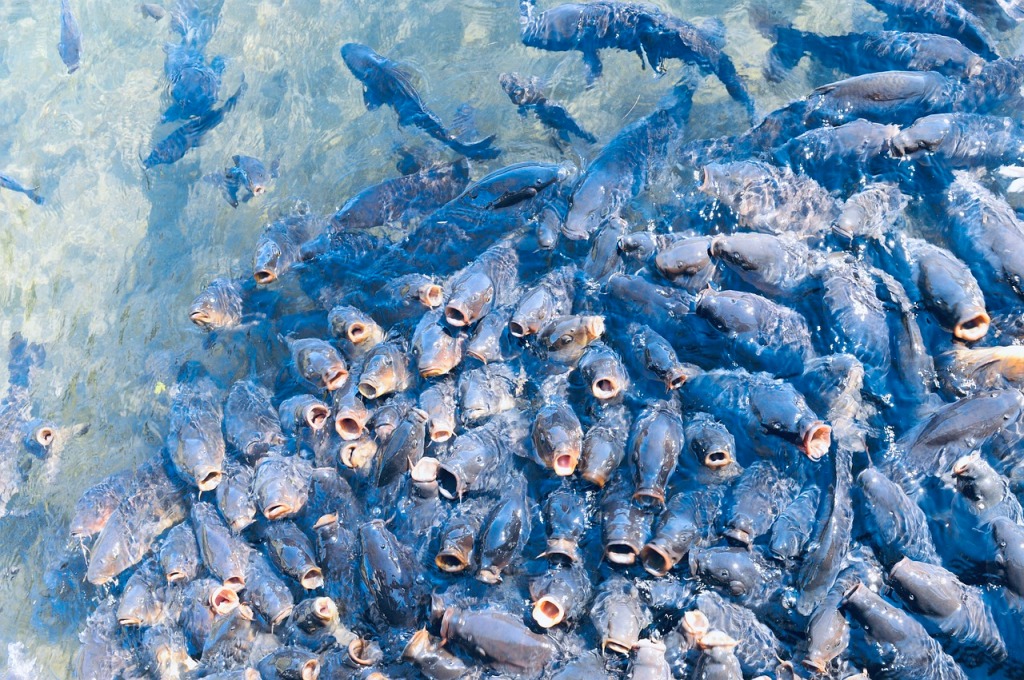My investment thesis on aquaculture is fairly simple: Humans need to eat; humans have a growing demand for protein; and we need a cost-effective, environmentally friendly solution for human protein consumption.
Here I will share some background, and begin the process of assessing and testing the aquaculture thesis.
Quick Overview
The U.S. National Ocean Service defines aquaculture as the breeding, rearing, and harvesting of fish, shellfish, plants, algae, and other organisms in a controlled water environment (NOAA, 2023). As the demand for seafood has increased, technology has enabled growth of animal protein in coastal marine waters and the open ocean (NOAA, 2023). In fact, 50% of seafood consumed is currently derived from aquaculture, with this expected to increase to 62% by 2030 (Global Seafood Alliance, 2023). As such, Fisheries and Oceans Canada claims that aquaculture is the fastest-growing food production system in the world (DFO, 2023).
The aquaculture industry provides sustainable solutions to address the growing demand for food, and more specifically fish protein, considering declining wild catch stocks and recent supply constraints. According to industry research organization Research and Markets, the global aquaculture market will reach $411 billion by 2030, growing by 5.6% annually from $237 billion in 2020 (Research and Markets, 2021). The North American aquaculture industry is well-positioned to experience outsized growth due to structural supply constraints, secular demand trends and unique positioning.
Demand
The demand for aquaculture is strong and is expected to significantly increase in the coming years. The primary factors driving aquaculture demand growth are population and consumption per capita, amid stagnant-to-declining wild catch.
According to the United Nations, the global population is expected to reach 9.7 billion by 2050 versus 7.8 billion in 2020 (United Nations, 2022). Assuming constant seafood consumption per capita, this implies a 24% increase in the demand for seafood, which is equivalent to an additional 39 million tonnes of annual fish meat demand (Mowi, 2023).
Additionally, the OECD-FAO projects that global seafood consumption per capita will grow 0.5% per year, reaching 21.4kg by 2029 versus 20.6kg in 2020 (OECD-FAO, 2023). Extrapolating this and combining it with population-driven demand growth nearly doubles the projected increase in fish protein demand to 52% through 20250 versus 2021 levels.
Interestingly, the North American market currently consumes far less salmon per capita than its European peers, which creates the opportunity for higher per capita growth. According to industry research outlet Seafood Source, U.S. per capita salmon consumption was just approximately 1.4kg in 2019 versus 2.24kg in Europe, according to EU Fish Market, (Kearns, 2021; 2019).
Furthermore, referencing the Atlantic Canada Opportunities Agency (“ACOA”), true adherence to the North American dietary guidelines published by the USDA and Health Canada’s Canada Food Guide would also require at least a doubling of the current North American consumption habits for seafood (ACOA, 2021).
Aquaculture is projected to account for essentially all of this increased demand and outsized growth, due to stagnant wild catch. According to the World Bank, total wild
fish catches are declining worldwide, as 90% of global marine fish stocks are fully exploited or overfished (World Bank, 2017). In fact, they estimate the current demand for fish to be twice the supply of sustainably caught wild fish (World Bank, 2017).
As such, the University of British Columbia expects increases in demand to be met almost exclusively from aquaculture, implying global demand for aquaculture could more than double by 2050 (Came & Walls, 2021). This is also consistent with an ACOA report that expects the aquaculture industry to double its output in the next 25 years (ACOA, 2021).
The demand for aquaculture is further supported by macro trends such as increasingly recognized health benefits of fish protein; a growing middle class that can afford more nutritious food; an aging population that requires healthier diets; and fish’s favorable sustainability attributes relative to other proteins (Mowi, 2023).
In all, this research supports strong current demand for aquaculture and suggests that it will significantly increase in the coming years. This is relevant as growing demand must be met with increased supply.
